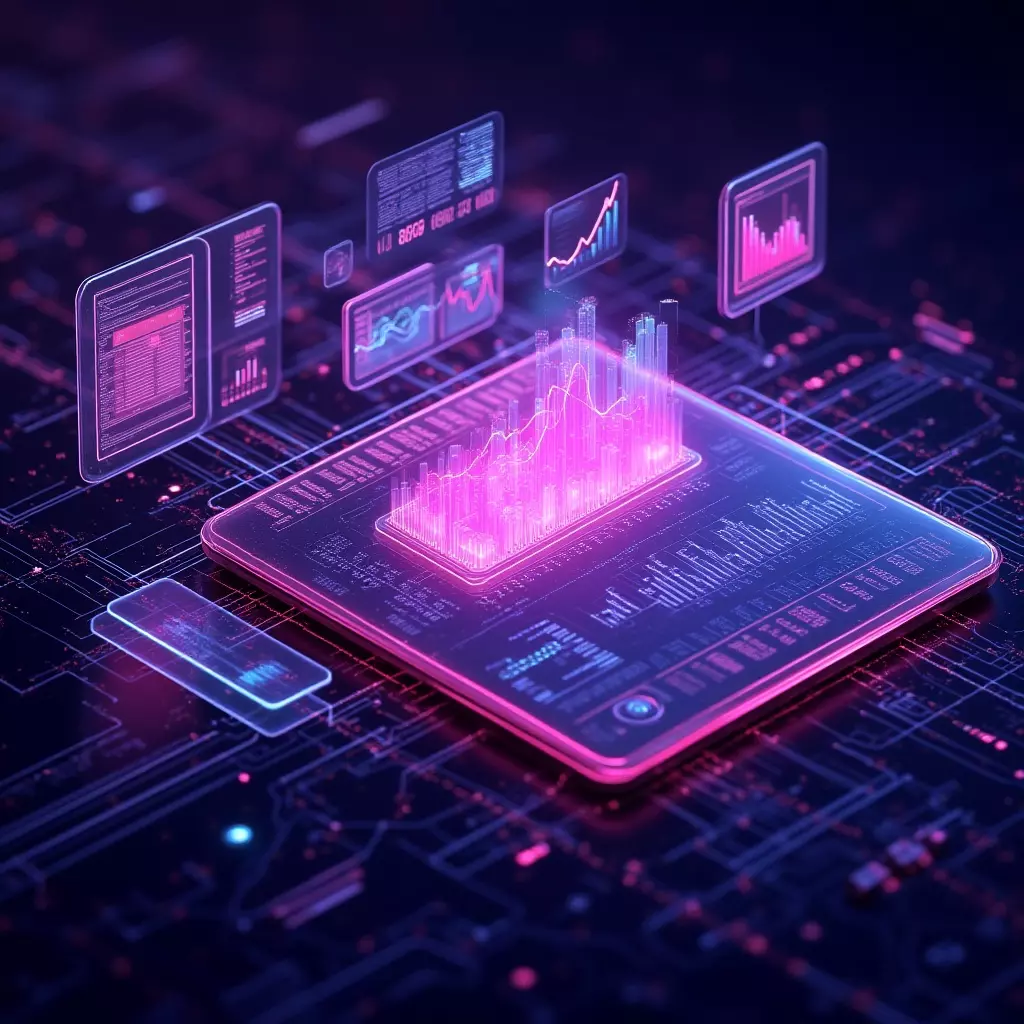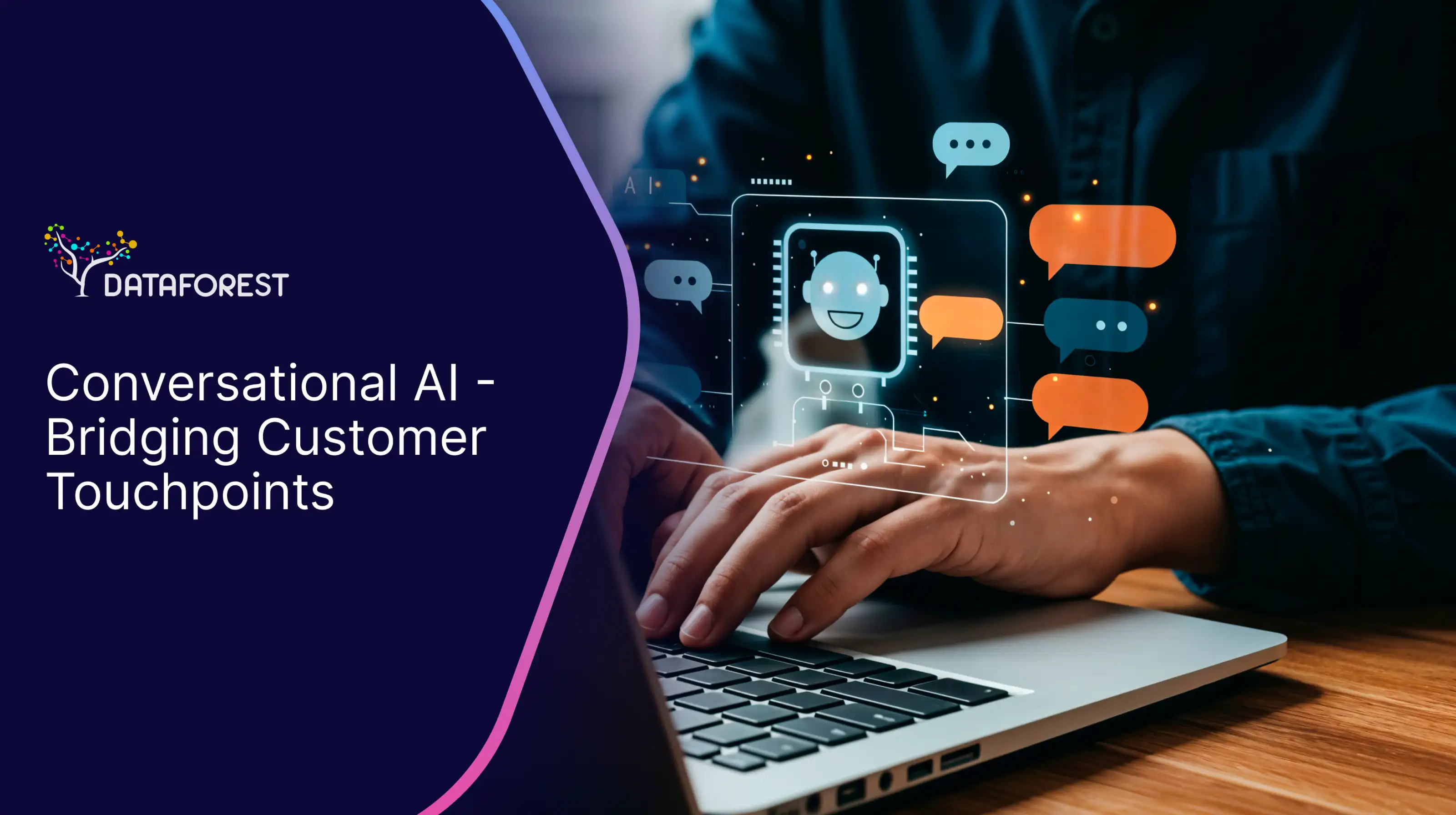Share
Table of contents:

Real-time Analytics is the process of analyzing data as it is generated or received, enabling immediate insights and decision-making. Unlike batch processing, where data is collected and analyzed at scheduled intervals, real-time analytics continuously processes incoming data streams, typically within milliseconds to seconds. This approach is critical in applications requiring instantaneous data-driven actions, such as fraud detection, recommendation engines, and IoT monitoring.
Core Characteristics of Real-time Analytics
- Continuous Data Ingestion: Real-time analytics systems ingest data continuously from multiple sources, such as IoT sensors, transaction logs, social media feeds, and web clickstreams. This constant flow requires data ingestion frameworks that can handle high-velocity input and accommodate diverse data formats without interruption.
- Low Latency Processing: Real-time analytics is characterized by its low latency, aiming to deliver insights within milliseconds or seconds of data generation. To achieve this, data is processed as soon as it is ingested, with minimal delay between data arrival and analysis. Techniques like in-memory processing, data partitioning, and parallelism are employed to minimize processing time.
- Stream Processing Engines: Real-time analytics relies on specialized stream processing engines, such as Apache Kafka, Apache Flink, Apache Spark Streaming, and Google Dataflow, which are designed to handle high-throughput data streams. These engines support transformations, aggregations, and filtering on continuous data flows, allowing for real-time calculations and data enrichment.
- Event-driven Architecture: Real-time analytics is often built on an event-driven architecture, where each data point or message represents an event that triggers specific actions. Event-driven systems react instantly to incoming events, allowing real-time analytics platforms to dynamically adjust to data patterns or anomalies as they occur.
- In-memory Computation: To support low-latency processing, real-time analytics platforms use in-memory computation, which stores and processes data directly in memory instead of relying on slower disk storage. In-memory processing accelerates data access and enables rapid calculations, making it ideal for time-sensitive analytics tasks.
- Scalability and Fault Tolerance: Real-time analytics systems are designed for horizontal scalability, allowing them to handle high data volumes by distributing workloads across multiple nodes or clusters. Fault tolerance mechanisms, such as data replication and automatic failover, ensure that data processing continues uninterrupted, even in the event of hardware or software failures.
- Visualization and Alerting: Real-time analytics often includes data visualization and alerting capabilities that present insights as they are generated. Visualization dashboards display metrics, trends, and anomalies in near real-time, while alerting systems notify users of critical events, such as security breaches or system outages, enabling immediate response.
Real-time analytics is essential in industries where fast, data-driven decisions are crucial. It is widely used in fields such as finance (for stock trading and fraud detection), retail (for personalized recommendations and inventory management), telecommunications (for network monitoring and optimization), and healthcare (for patient monitoring and diagnostics). By providing continuous, instant insights, real-time analytics enables organizations to respond proactively to changing conditions, optimize processes, and improve user experiences in dynamic, high-stakes environments. Through stream processing, low-latency computation, and scalable architecture, real-time analytics transforms raw data into actionable intelligence at the speed of business, supporting rapid and informed decision-making.











